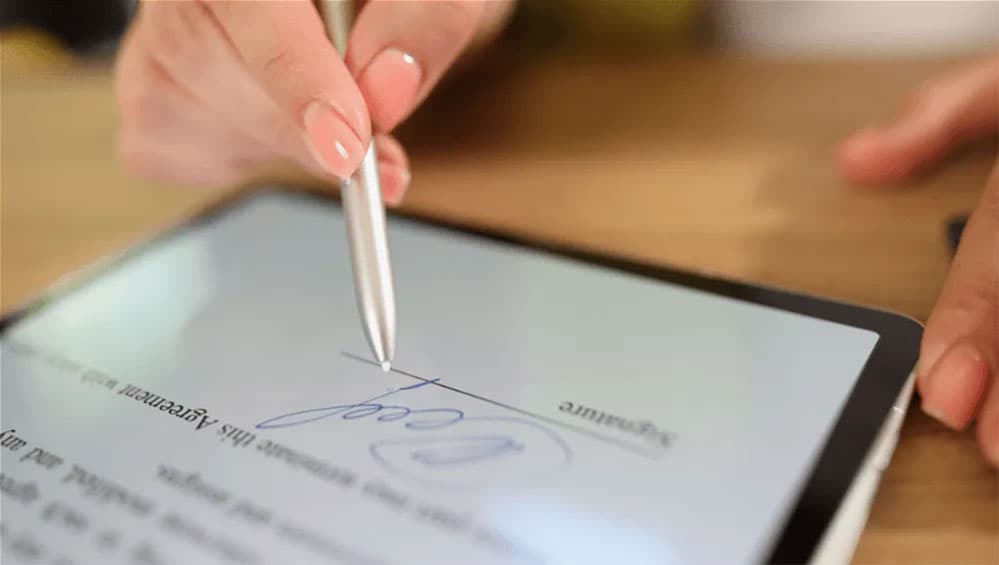Does Your Signature Have to be Your Name?

Published:
A lot of people are emotionally attached to their signature and feel that it should look a certain way on a piece of paper. However, this narrow perspective overlooks the various alternatives available for signing documents.
Are you wondering how to make an electronic signature and if it should look like your name? Let’s break it down for you.
What is a signature?
Firstly, let’s go back to basics. A signature is a unique identifier that confirms the authenticity and authorship of a document. But does it legally have to be your full name?
In short, no it doesn’t! A signature can be whatever you want it to be. People often choose to use their full legal names because it’s an easy form of identification. Here are some other common alternatives:
- Initials
- First name only
- Last name only
- Names & numbers
- A squiggle
What makes a good signature?
So now you know, despite those many years at school you spent handcrafting and refining that extra loop, dot or squiggle – your signature can really be whatever you want it to be.
With that being said, there are some signature do’s and don’ts:
DO make sure your signature (whatever it may be) is consistent as this will make it easier to recognise and verify.
DO ensure your signature is unique to you.
DON’T create something so elaborate, you fail to replicate it.
DON’T opt for something too simple (like a single dash) as that can be easily forged.
DON’T use other important information such as an email address.
Can you change your signature?
It is indeed possible to change your signature, as there is nothing legally binding you to stick to the signature you currently use.
It is, however, recommended that you take the time to notify your bank and other important institutions if you plan on changing your signature. This is so that the thorough checks carried out by these organisations don’t flag this change as suspicious, which can lead to inconvenient admin for you.
The real purpose of signatures
At the end of the day, proving a signature is yours is actually about the amount of evidence that can be collated to sufficiently link it to the individual providing authorisation.
Let’s take Royal Mail for example – are they really bothered about the fact that you signed for a parcel? No, it’s more about proving that someone was there to provide a signature at delivery and it can be tracked to a specific address, date and time.
This is where the ever-increasing electronic methods for recording ‘receipt’ of an item are proving successful, as more evidence can be provided and tracked by an independent third party. Learn more about eSignatures and their legal validity.
How to write an electronic signature
You may be wondering if the rules of signing electronically differ from signing a handwritten signature. Again, the answer is no!
To help explain, let’s return to the definition of a signature: a mark or sign made by an individual on an instrument or document to signify knowledge, approval, acceptance, or obligation.
You’ll notice that this definition in no way suggests that it has to look the same every time you add a signature to a document. Or even include your name. So you can actually be as creative as you like when you create an electronic signature!
Learn how to create your own electronic signature with our step by step video below.
Make an electronic signature
So, with endless possibilities in front of you when it comes to your signature, you’re ready to make an electronic signature for yourself!
Try Signable’s 14-day free trial and get started in seconds.
Get started in under 60 seconds
Check out our free 14 day trial and start sending documents now.
